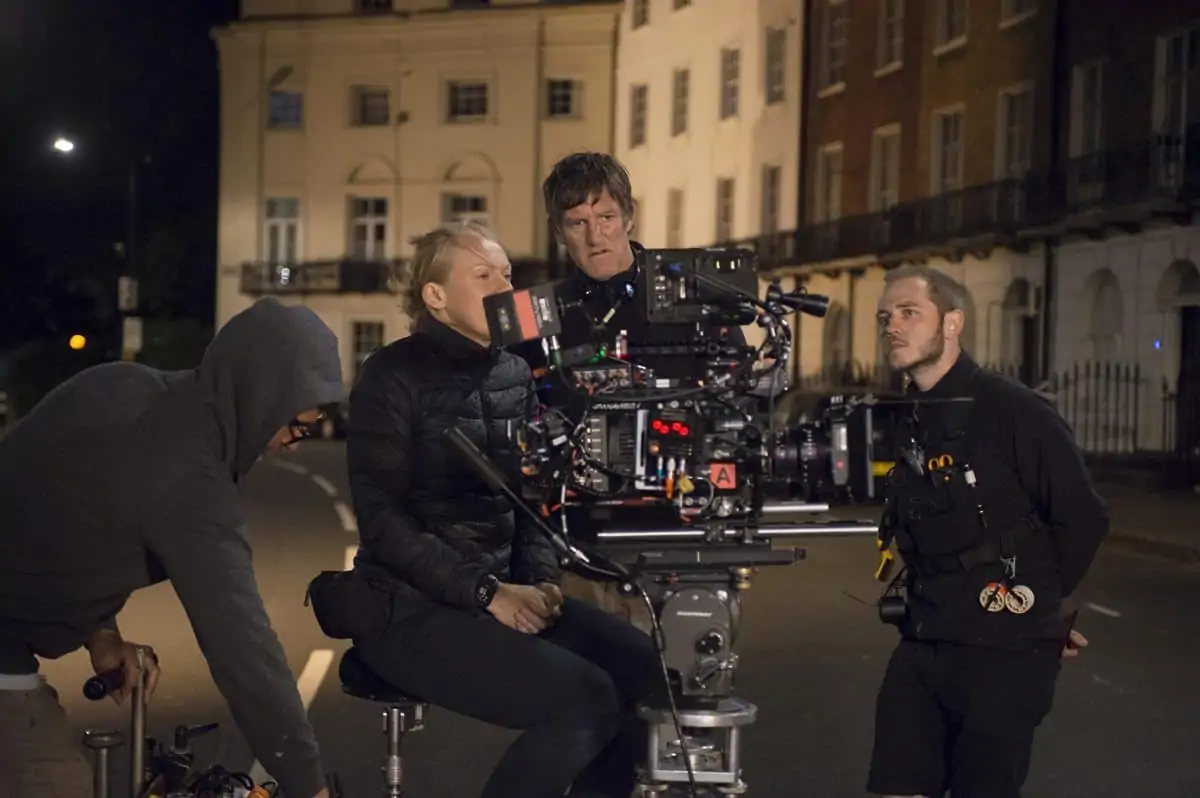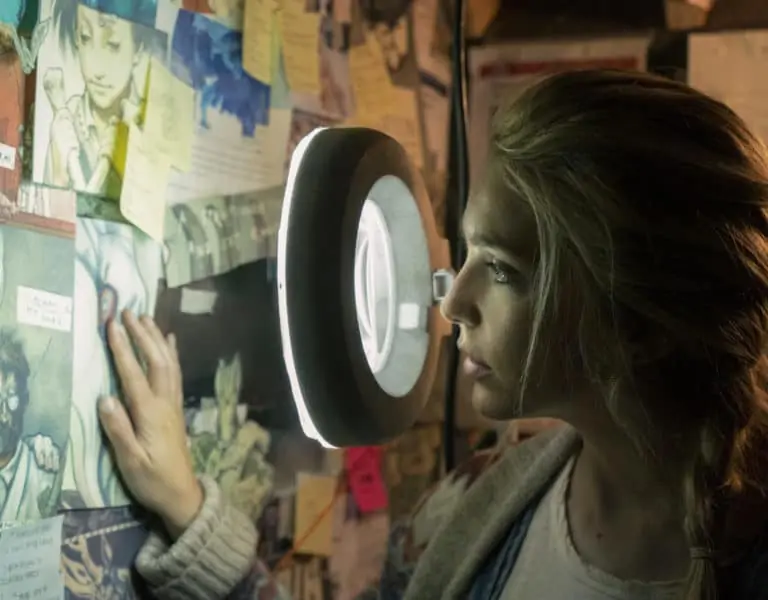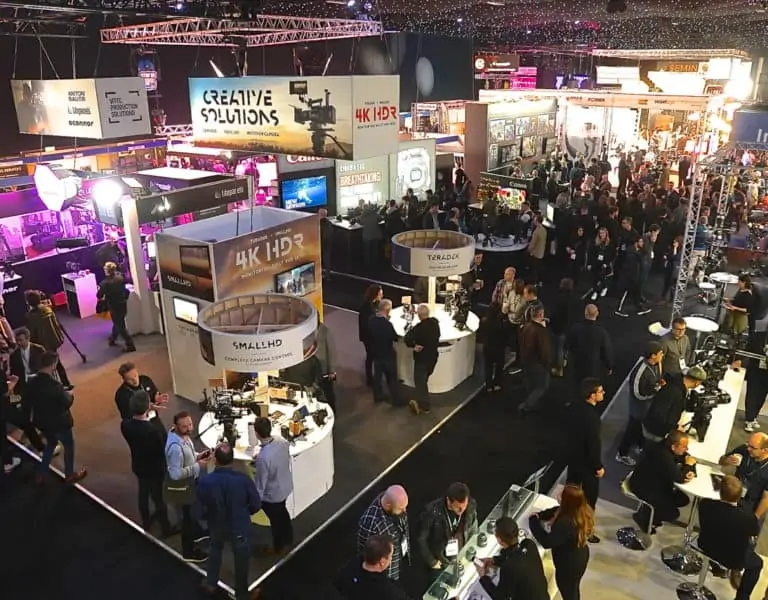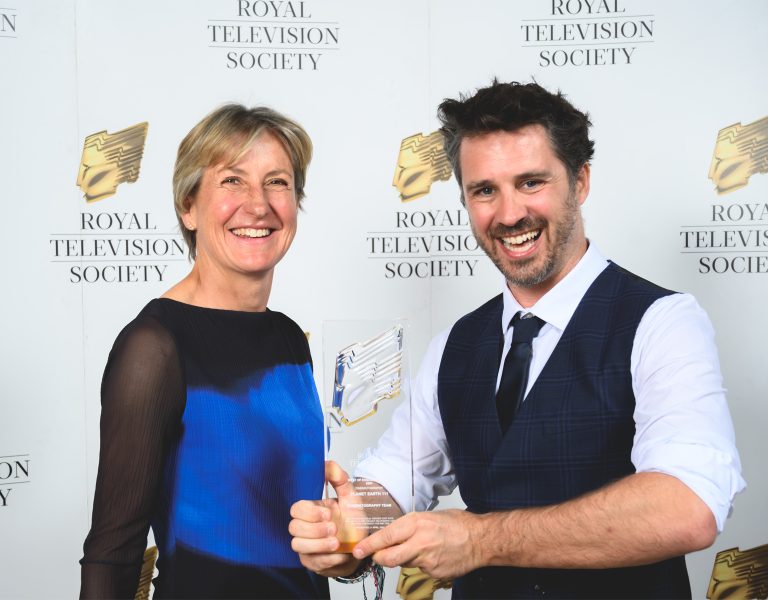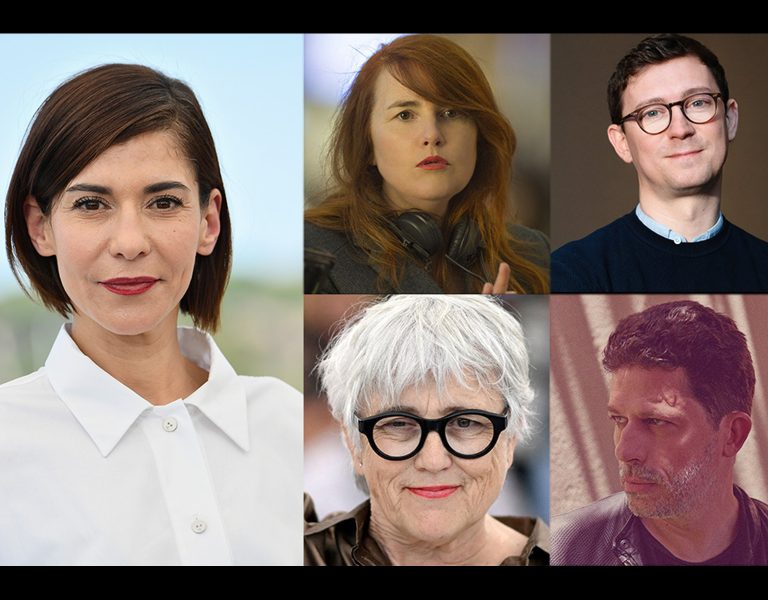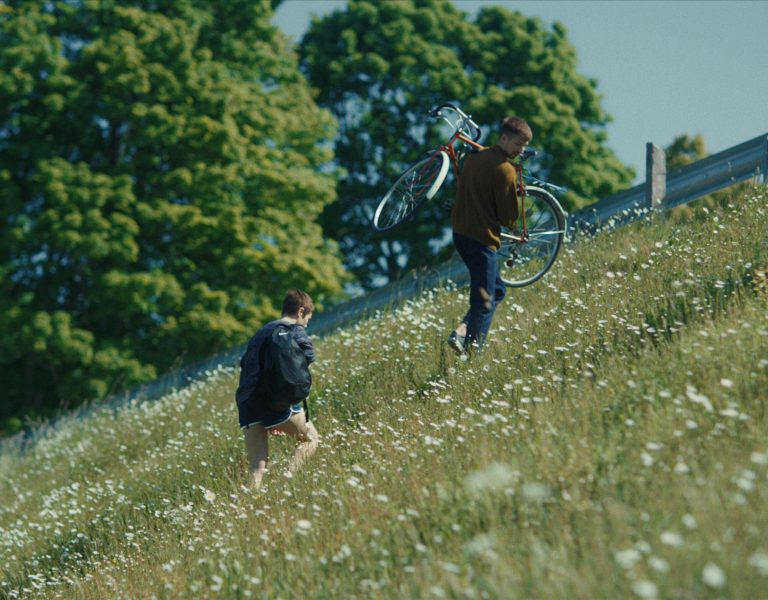
6 Balloons, a grimly effective Netflix drama, tells the story of a young woman who attempts to help her brother cope with his heroin addiction. The American drama was written and directed by Marja-Lewis Ryan and shot by cinematographer Polly Morgan BSC using a number of VariCam 35 cameras.
The Netflix feature, which stars Abbi Jacobsen as Katie, and Dave Franco as her brother Seth, had its premiere at the 2018 SXSW film festival, and began streaming on Netflix in April.
Morgan says she was impressed after receiving the script for 6 Balloons from her agent, as well as a look book, which Ryan had created. “We met for coffee and after talking, realised we were on the same page,” explains Morgan. “We agreed that the film had to be really raw and real. It couldn’t be glossy.”
When developing the look of 6 Balloons, Morgan was inspired by the work of still photographers such as Nan Goldin, Todd Hido and Ryan McGinley, whose styles she describes as naturalistic and textured.
“We didn’t want the audience to be aware of the cinematography,” she explains. “We wanted the viewer to feel like they were on the journey with the two protagonists – a bystander forced to witness the events that unfold. We didn’t want the film to look perfect, but to make it feel immediate so people could emotionally respond to the story and feel the sense of drama and panic unfolding.”

Like most indie films, Morgan’s biggest challenge was time, shooting the movie in four weeks with a three-year-old lead and a schedule full of night work, in and around a car in rough LA neighbourhoods.
The hardest part of the shoot was the final scene of the movie, where Katie’s car fills up with water. “The end sequence shows our two main characters in a car as it fills up with water, a symbolic representation of Katie’s mental state,” explains Morgan. “We had to figure out how we were going to put these two actors in a car and fill it to the top with water in a safe and shootable way. We ended up with three versions of the same car. One to shoot in around LA, one to submerge in a tank and the other to seal and fill up with water at the actual location.”
With Netflix’s 4K mandate, Morgan selected the VariCam 35 for the camera’s ability to shoot at high ISOs. During prep, she shot day, night, interior and exterior tests at the actual locations they would be shooting at and created a show LUT with post house, Local Hero, in Santa Monica. She shot the film in 4K, capturing 12-bit 4:4:4 AVC Intra files to P2 cards. She also shot in Anamorphic using Cooke Xtal Express prime lenses.
With a small budget and a limited lighting package, Morgan says that shooting at a higher ISO helped while driving around at night when she wanted the lighting to be interactive.
As she explains, “We wanted to feel the real-world sources from the street – the passing cars, the ambience coming through the windows. When we went down to Skid Row, it was all minimal lighting. We couldn’t light expansively down the street. We didn’t want to disturb everyday life for those people living down there. We did it run-and-gun and we had to be very sly about it. Since the VariCam can basically see in the dark, it opens up a whole new world for what can be captured with minimal or no lighting.”
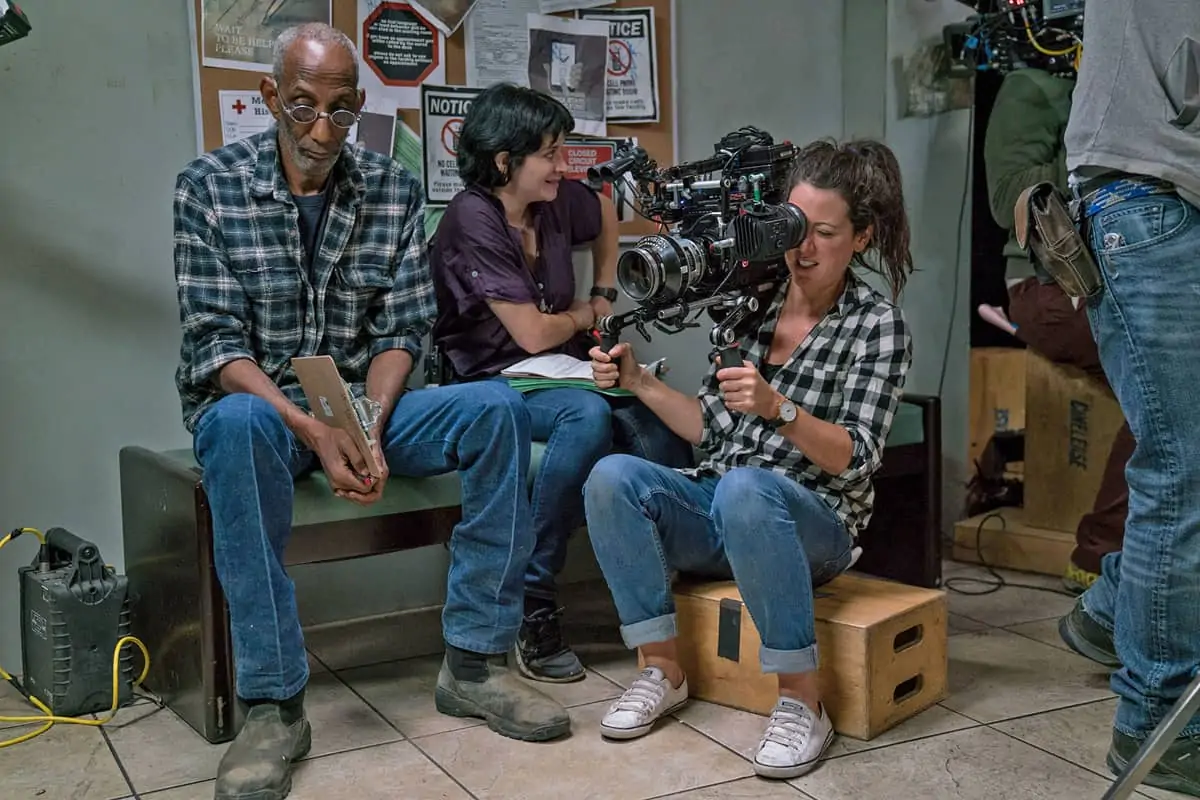
For lighting in the car, Morgan employed a process trailer and mounted ARRI SkyPanels to create the look of stop lights, which were a story point. There were no lights inside the car with actors, because Morgan wanted the lighting to be soft and subtle and to feel the changing colours on the actors’ faces from the outside.
“The 5000 ISO really helped us capture great details in completely naturalistic situations,” continues Morgan. “I really think it helped to make the film feel more authentic. Skid Row is a very intimidating place to go at night, and to experience how the people lived there was a really harrowing experience for the entire crew.”
Although Morgan shot at high ISOs for night scenes, she found the noise pattern when dialling down from 5000 base to 2500 closely matched the native 800 ISO.
“You couldn’t really tell the difference between that and 800 and I was really impressed at how 2500 saw more than what the eye sees at low light levels,” she says. “Our aim was to infuse the image with as much texture as possible. There are plenty of flares and a lot of foreground, we were always shooting through or over things. As the movie gets more intense, there’s really no frame that you would call clean, and I think shooting at a higher ISO fit the textural mandate perfectly.”
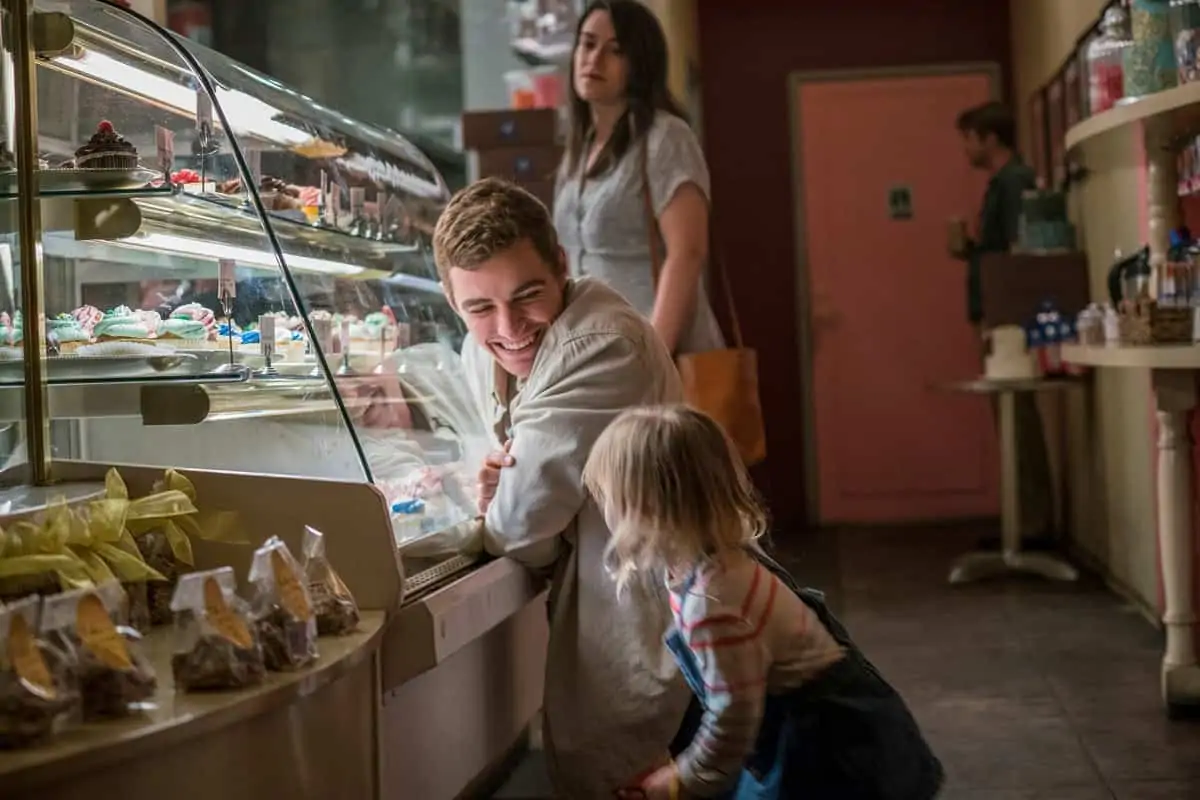
6 Balloons was graded at Local Hero by colourist Leandro Marini. According to Morgan, the grade was very similar to how the dailies looked. “The look was created in camera. All the varying colour temperatures were maintained – the artificial and uncomfortable environments of downtown, or the pharmacy, compared to the safety and warmth of the incandescent light back at her house.
“Overall, I’m pleased with how the film came out,” concludes Morgan. “I think that the manifesto for the cinematography, to keep it raw and naturalistic, to help the viewer connect and empathise with the characters, was the right approach and something all departments worked hard to achieve.”

